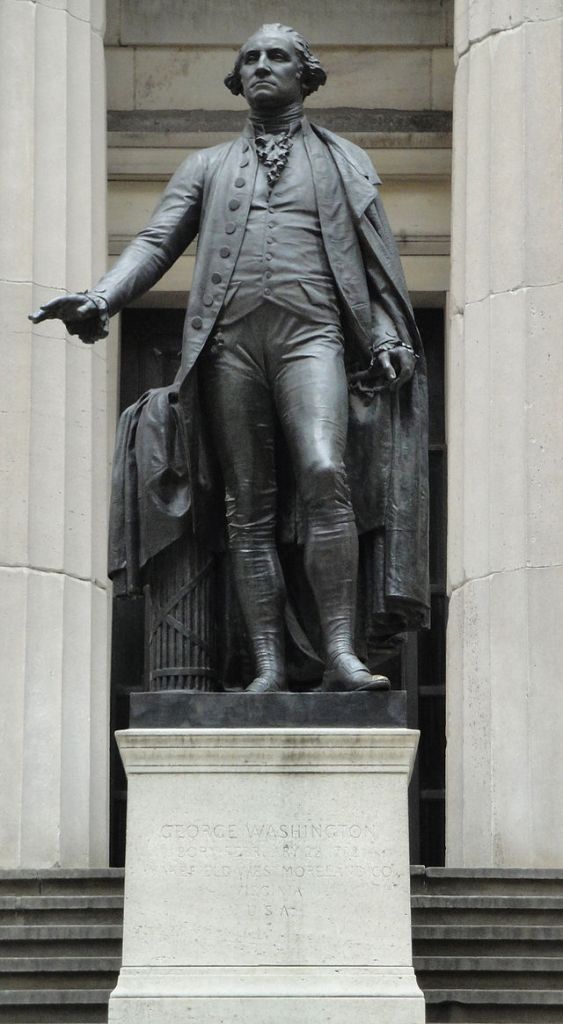
The American system of governance is commonly described as “federal.” And we can be certain that federalism was the intent of the framers. But a lot has changed within the country’s political structure since the days of George Washington. Does this description still apply?
Federalism implies a sharing of political power between some agreed-upon authority and a set of separate regional components. Under the 1787 constitution, the United States therefore consisted of a relatively weak “federal government” in New York, and thirteen semi-autonomous “states” along the eastern seaboard.
In recent years, however, it has become common to hear someone complain about “the federal government”, or about “federal overreach.” But the entity they describe is of a very different nature than the one observed in the earlier version of America.
So, a few questions must be asked ……
…… Has the meaning of the term federal been stretched toward a usage that was never intended?
…… Does it no longer describe the central component of our system?
…… Can it still be applied to the system itself?
…… Should it be retired, and replaced with something more accurate?
To answer these questions, one must observe how much America’s governance has changed over the course of the nation’s history. In George Washington’s day, “federal government” was a tiny enterprise, with few resources. You could count the number of cabinet members on one hand …… with fingers left over. Today, that entity consists of hundreds of bureaucracies with overlapping responsibilities whose tentacles reach into each citizen’s daily life. Over the course of more than two centuries, the District of Columbia has inexorably accrued unprecedented levels of control, most of it exercised through top-down institutions. That trend continues today.
The “federal system” was originally envisioned as a somewhat equal distribution of power between the several states and their shared, common government. But that vision of balance was congenitally tenuous. It was unstable from the outset. Therefore, over time, the system has morphed into a more hierarchical system. Power has become centralized in one massive, sprawling entity.
Today, fifty states interact submissively with the muscular power of Washington DC. Almost every important political decision in our society is made in the nation’s capital. All eyes, including the reporting of all major media, are focused there. The state capitals often function like vassals. Few of us can even recite more than a handful of their names.
Thus, a more accurate description for the leviathan anchored along the Potomac is “the central government.” The term “federal government” no longer fits it.
When this distinction about one of the system’s major components is finally acknowledged, our discussions about the system itself can then become more productive. For example, we can ask a question that gets to the heart of today’s problems: “How much hierarchy between the center and the edges is allowed before the republic no longer fits the definition of a federal system?”
Questions like this must be asked if we are to resolve the dysfunction currently roiling our society.
Good to have you back. The time is ripe for this discussion.
LikeLike